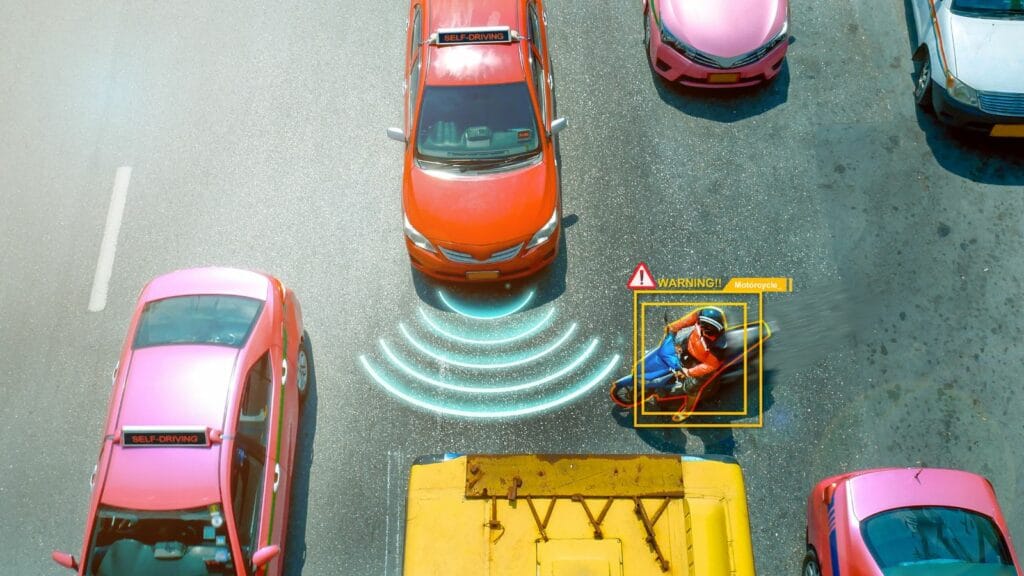Safety is key for any vehicle, regardless of the maker or model. Over the last century, several cars have contributed significantly to the landscape by introducing novel revolutionary safety innovations. These have become standard now and are implemented in nearly every car. Here are 24 cars with revolutionary safety features that set new standards:
Volvo Amazon

Introduced in 1959, the Volvo Amazon was the first car to feature a three-point seatbelt. This has now become mandatory in all cars, and unlike previous two-point seatbelts, it is highly effective. It is simple yet effective, allowing drivers and passengers to buckle up easily. Volvo replaced the lap seat belt entirely and did not file for a patent, allowing other brands to adopt this, too.
Mercedes-Benz S-Class
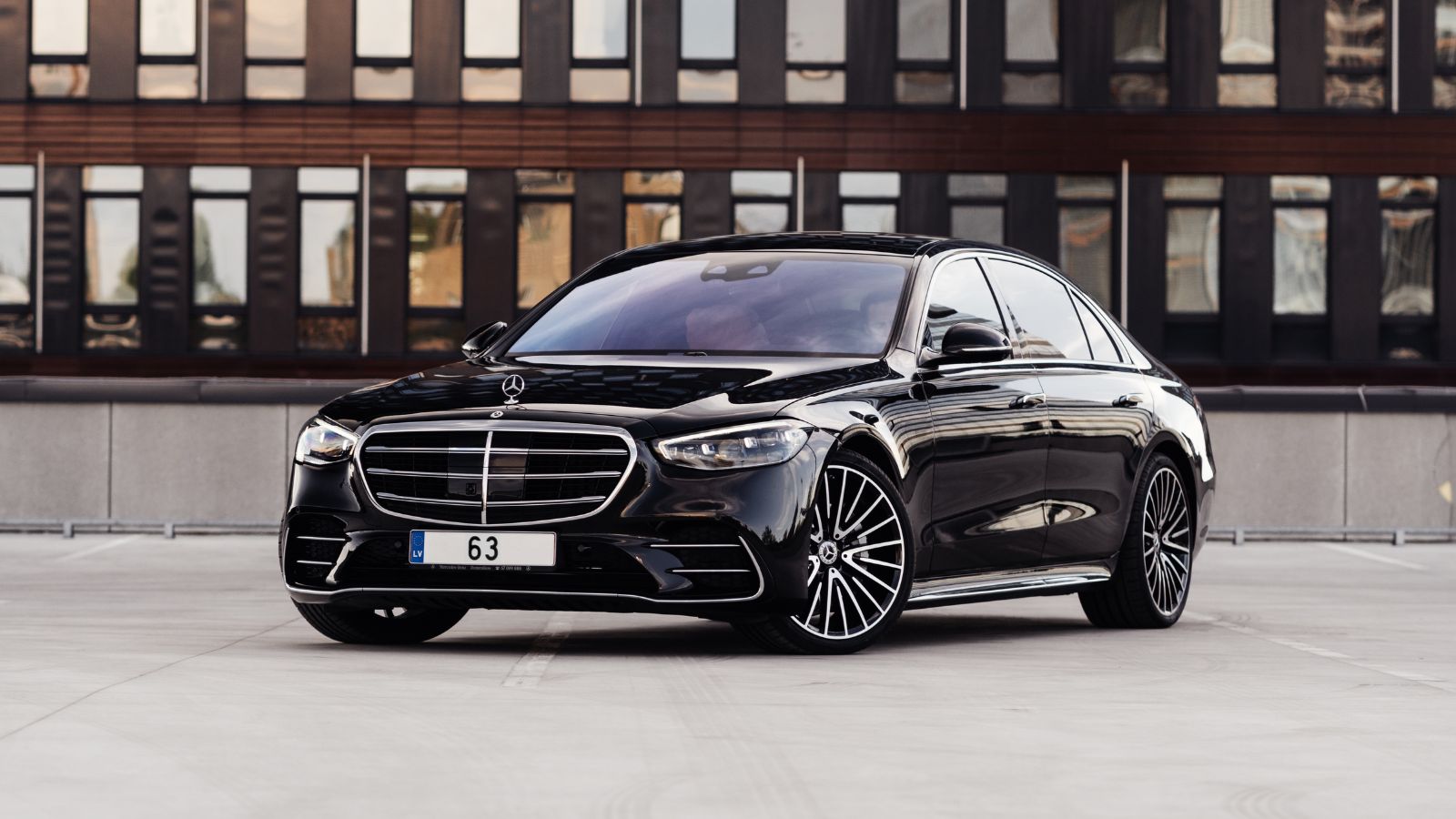
The Mercedes-Benz S-Class in the late 1970s introduced one of the best safety features to this day. The anti-locking braking system first arrived in the industry with this car, built in collaboration with Bosch. As the name suggests, this system prevented the wheels from locking up during braking, paving the way for a secure ride. This also improved stability and traction, especially on wet and snowy surfaces.
Saab 99 Turbo

While more of a comfort feature but playing a significant role in safety, the Saab 99 Turbo introduced heated seats in 1971. It acted as a revolutionary safety feature because it improved driver focus during cold weather. Not only did it make the ride more pleasant, but it also kept the driver alert to prevent accidents.
Toyota Prius
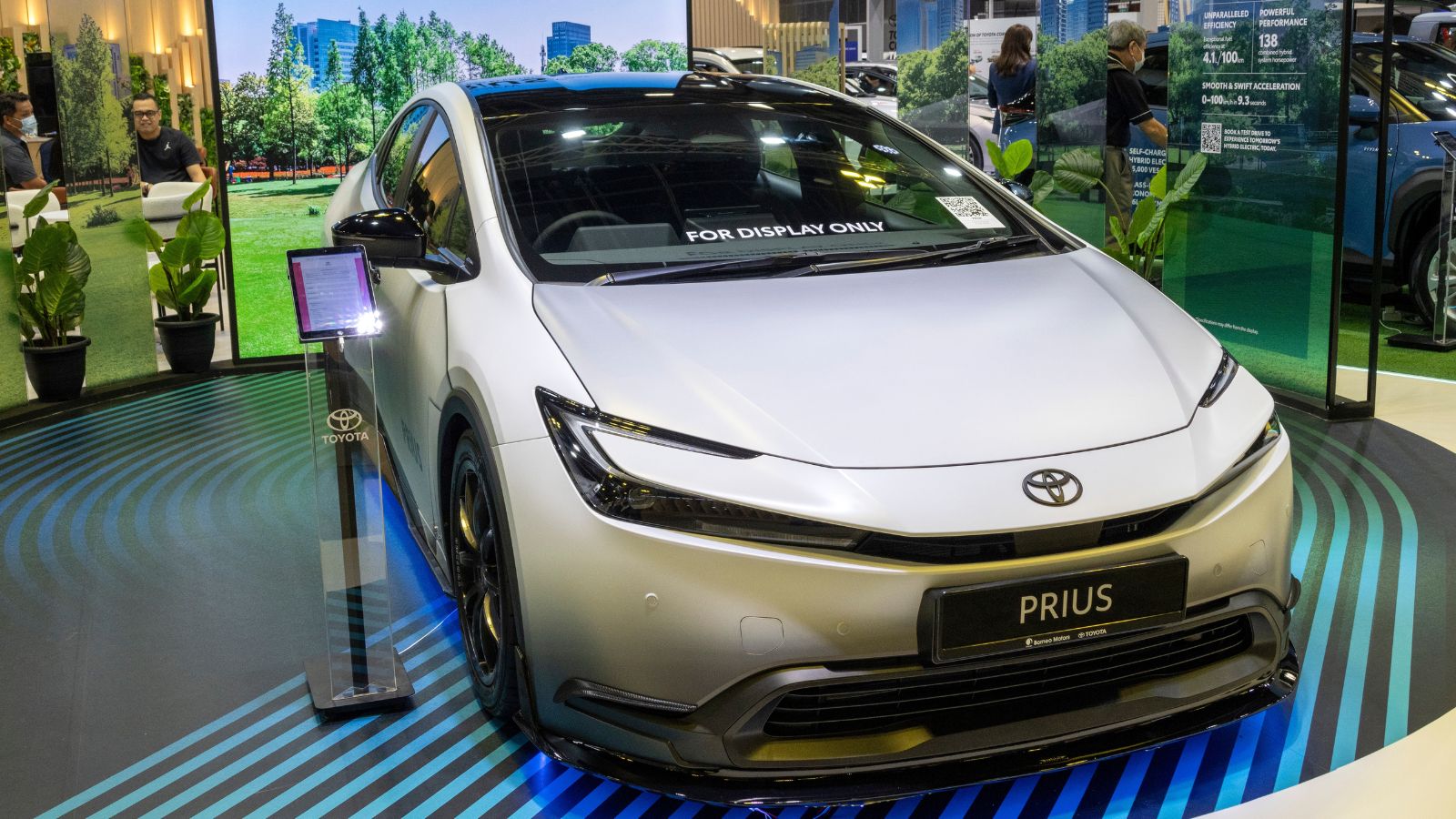
The Toyota Prius had many safety features, such as child safety locks and side impact beams. However, hybrid safety systems and electric-only operations stood out among these. With the help of these systems, drivers could combine advanced stability control to enhance situational awareness and keep everyone safe.
Cadillac DeVille
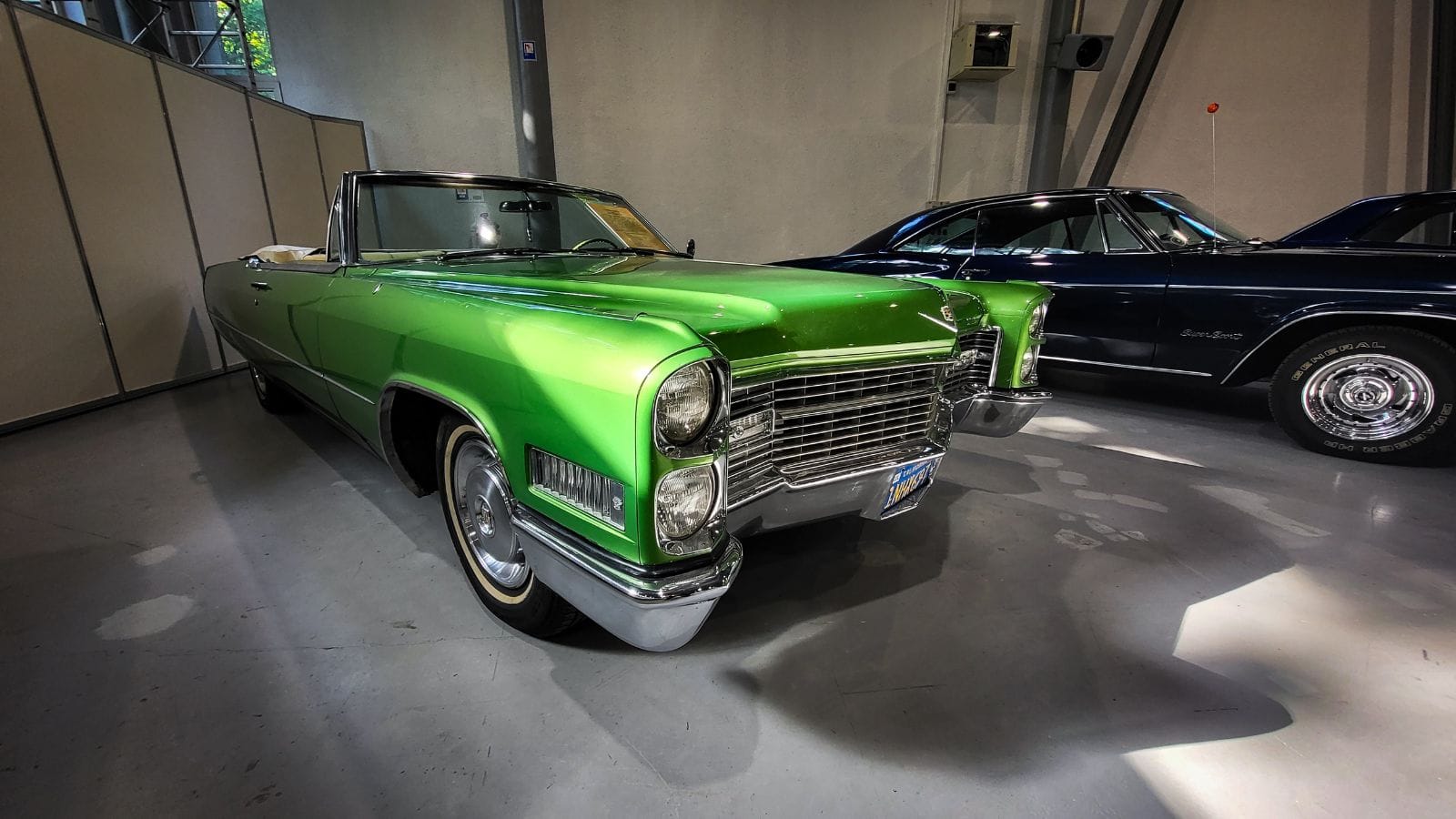
The 2000 Cadillac DeVille blended luxury and safety, pioneering the night vision system. This system made night rides safer and more manageable, utilizing several thermographic cameras in the car. The system displays information on the HUD, from animals to humans or even objects. It was only available in luxury models but set the stage for more remarkable advancements.
Audi A8
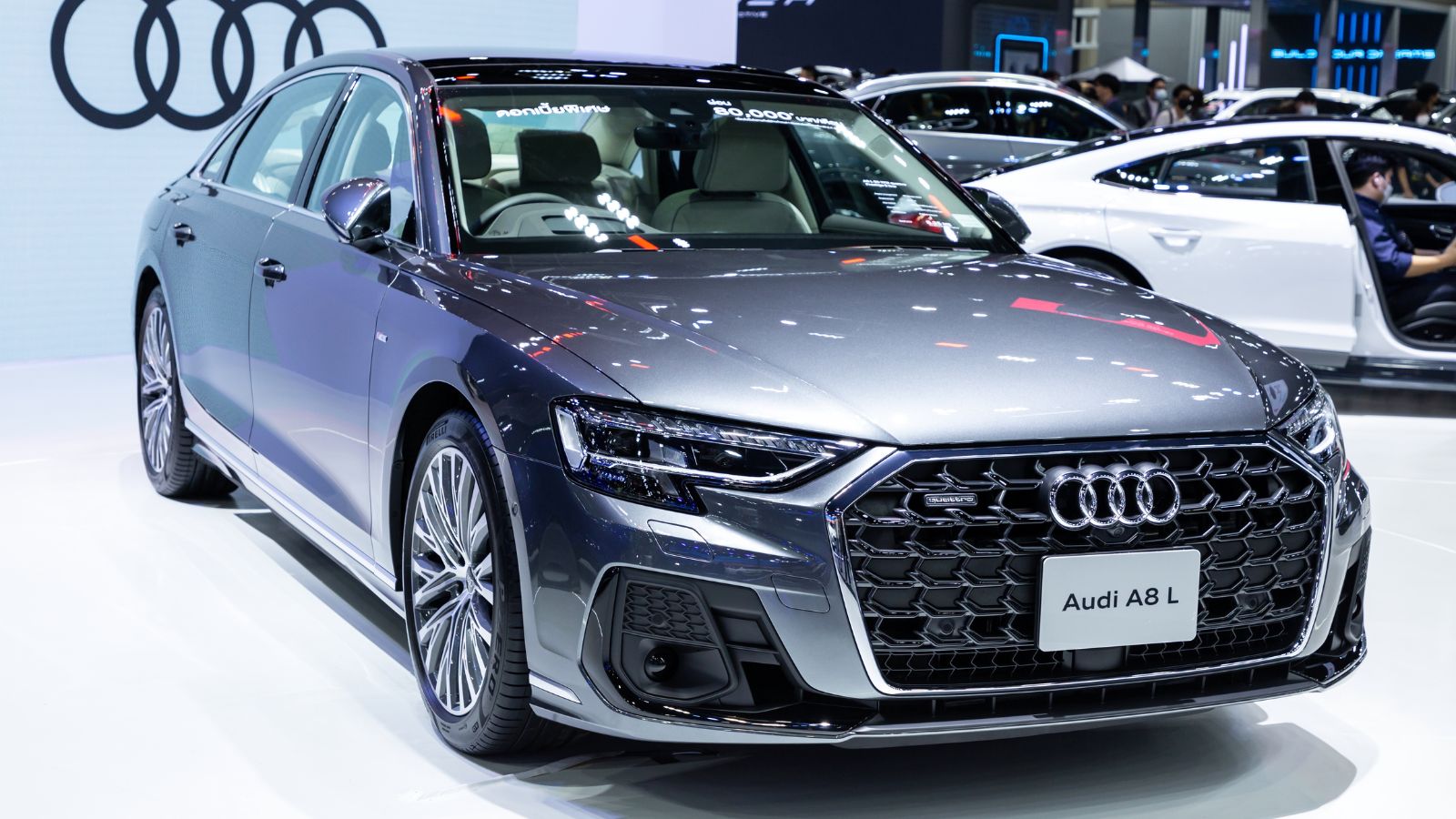
The Audi A8 forever changed driver assistance and security features by introducing the Audi PreSense system. Instead of waiting for accidents and acting on them, this system actively monitored the surroundings. When any danger was around the corner, it tightened seatbelts, adjusted the suspension, and closed all the windows.
Tesla Model S
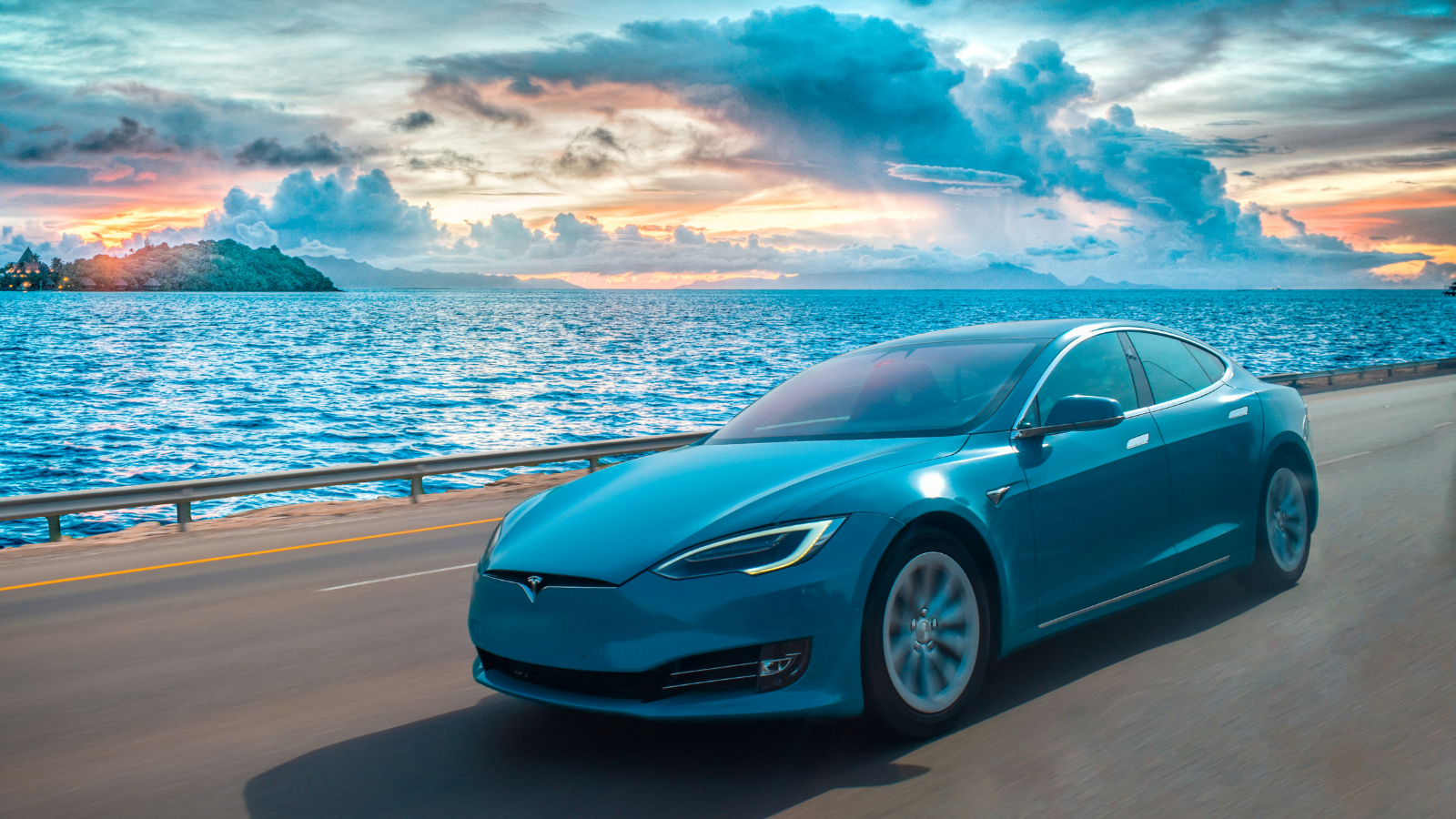
The Tesla Model S launched the first autopilot system in the automotive industry in 2014. This basic system allowed drivers to enjoy a hands-free experience and autonomous driving. While it was quite basic, the contemporary model can detect any hazard and drive around it securely.
Subaru Legacy
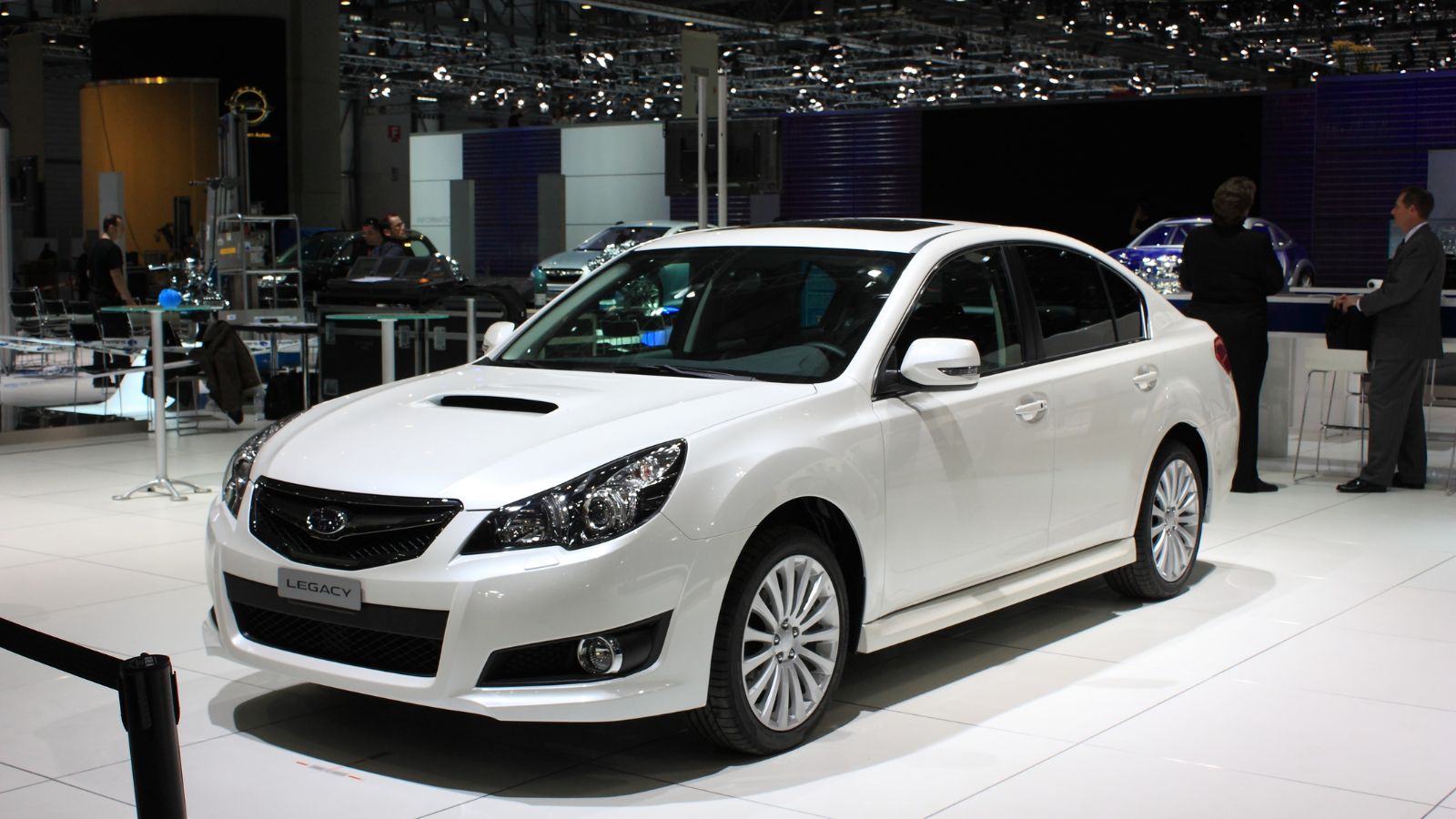
Among the first cars ever to incorporate EyeSight Driver Assistance technology, the 1995 Subaru Legacy was a reliable choice. This feature combines stereo cameras with adaptive cruise control for unparalleled precision. It also offered lane departure warning, a dual camera setup, and a pre-collision braking system for enhanced safety. This became Subaru’s hallmark, cementing its status as one of the most reliable and secure vehicles ever.
BMW 7 Series (E66)
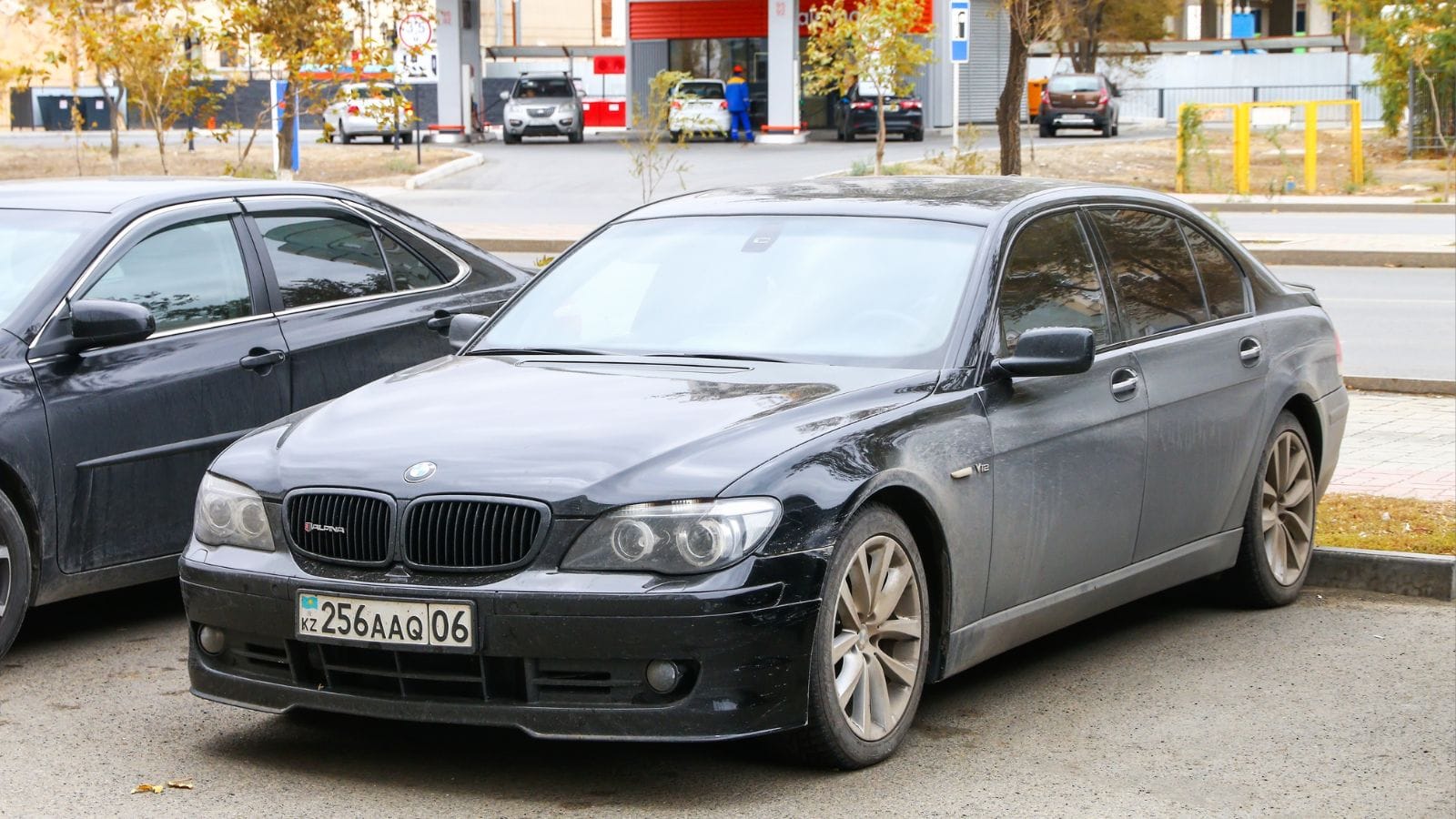
The BMW 7 Series introduced a refined active cruise control with a Stop & Go feature, a significant innovation in the early 2000s. The radar sensors assist the vehicle in keeping a respective distance from the car ahead of it. The system adjusts the speed accordingly to avoid crashes. This feature is equipped in many high-end vehicles, minimizing the risk of rear-end collisions.
Lexus LS
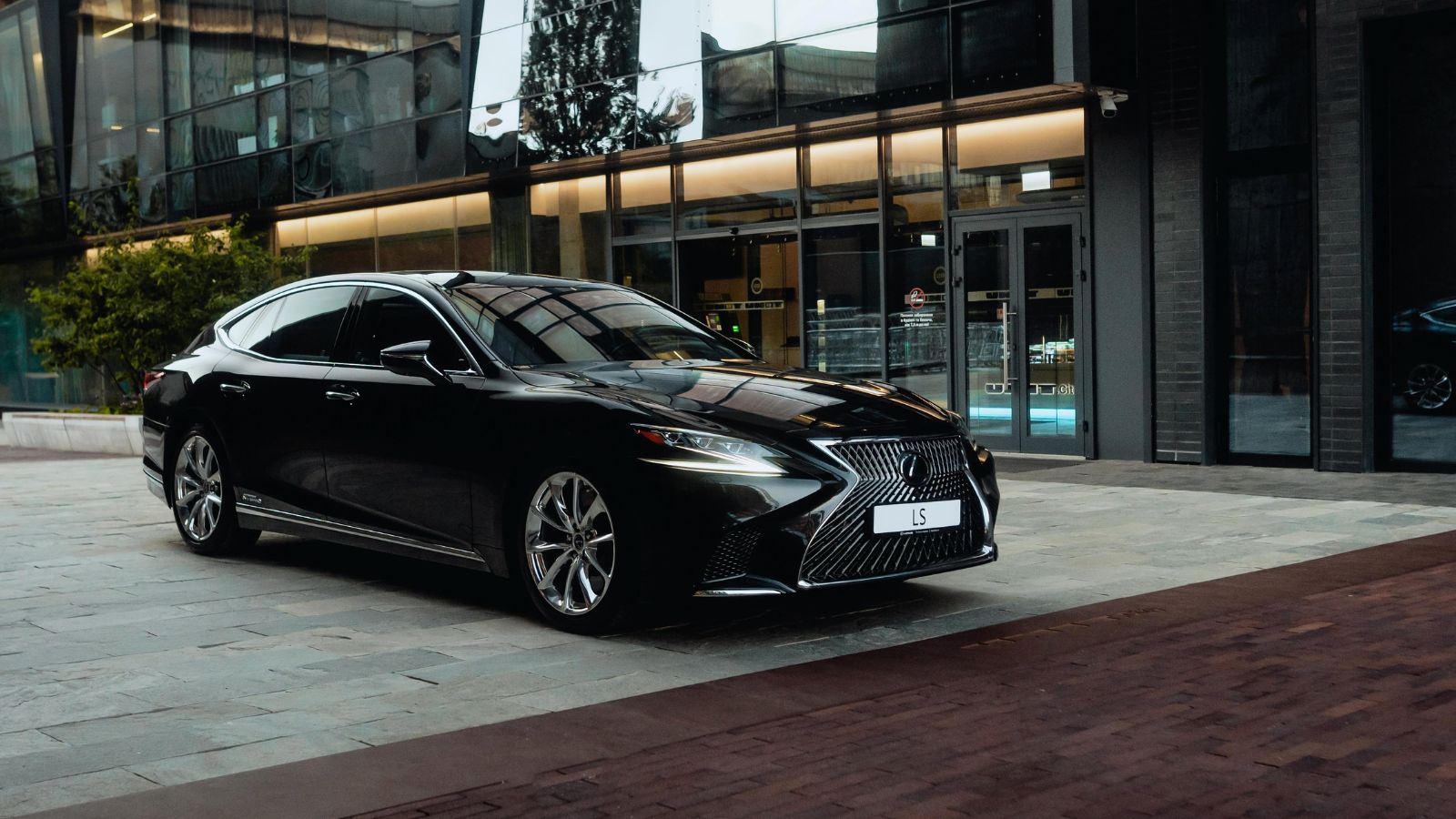
The Lexus LS 400 was a revolutionary car introducing the airbag curtain system. Previously, the traditional airbags were only opened in front of the passengers in case of any impact. The curtain system covered the sides and acted as a shield, protecting their heads. This was very useful because it protected you from shattered pieces of glass, quickly becoming a standard feature.
Honda Legend
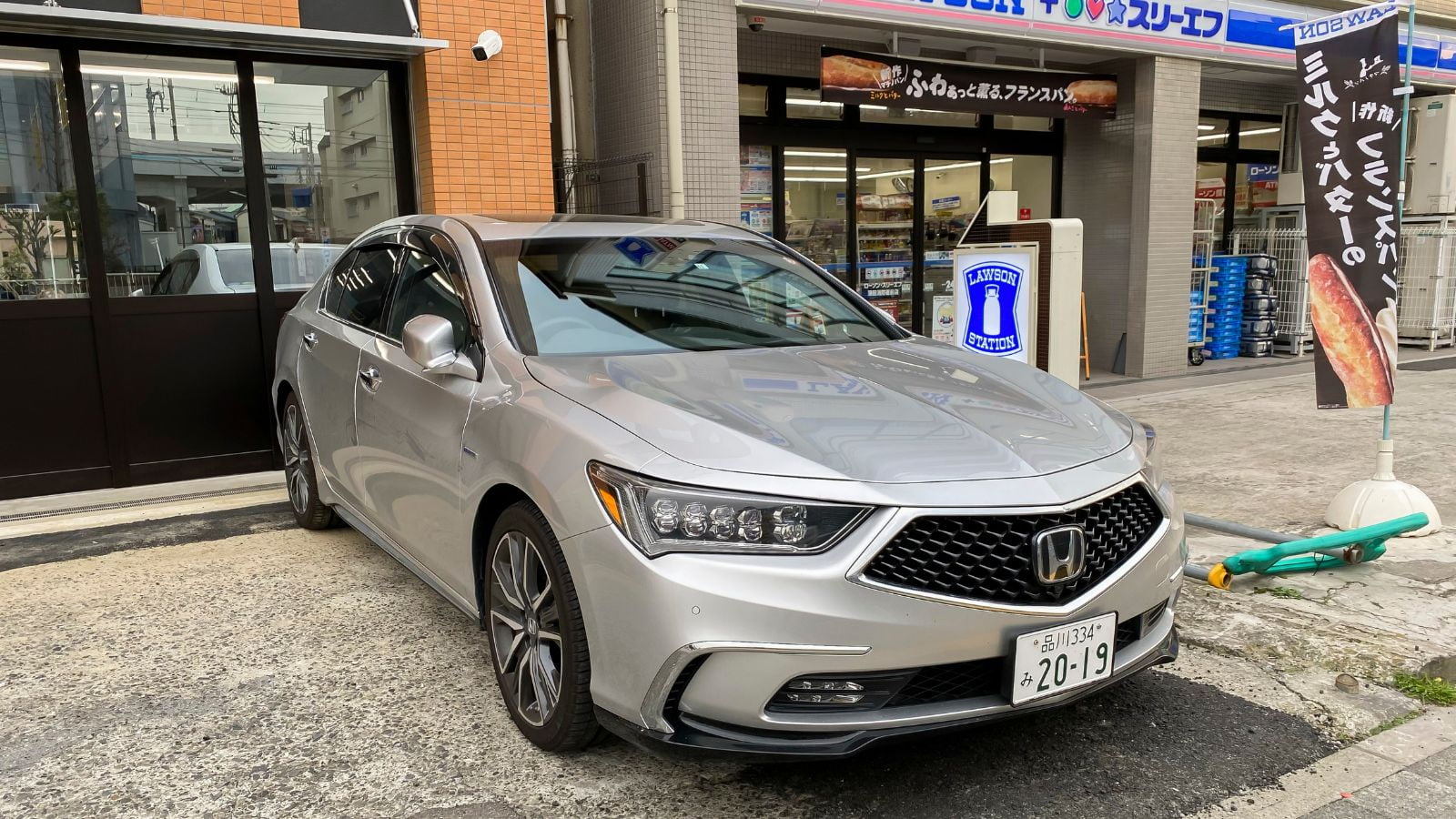
In 2003, the Honda Legend was credited with a debut lane-keeping assist, a revolutionary feature that has become standard today. It was soon incorporated by other brands such as Toyota, Mercedes, and Nissan. This feature paved the way for enhanced lane centering, using cameras and radars to adjust the vehicle’s steering. In contemporary times, this is a crucial feature in every vehicle’s advanced driver assistance suite.
Chevrolet Corvette
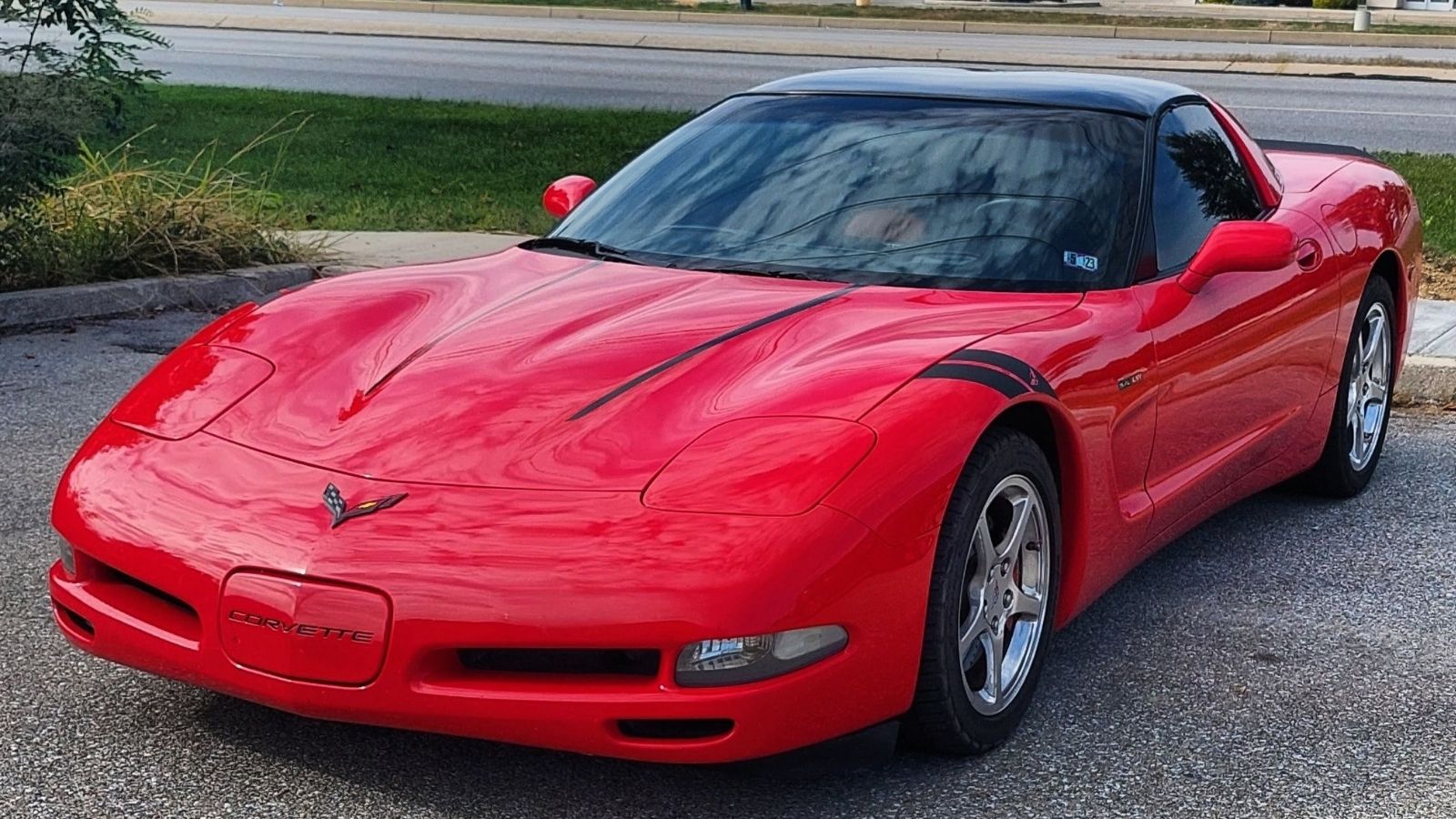
Many praise the Chevrolet Corvette for its extreme performance, which has evolved to include revolutionary safety features. One of the significant changes in the industry is the performance data recorder. In simple words, this system uses sensors and cameras to update the driver on the vehicle’s performance. Since the driving data is recorded, it can be used to upgrade the quality of the drive and performance.
Nissan Leaf
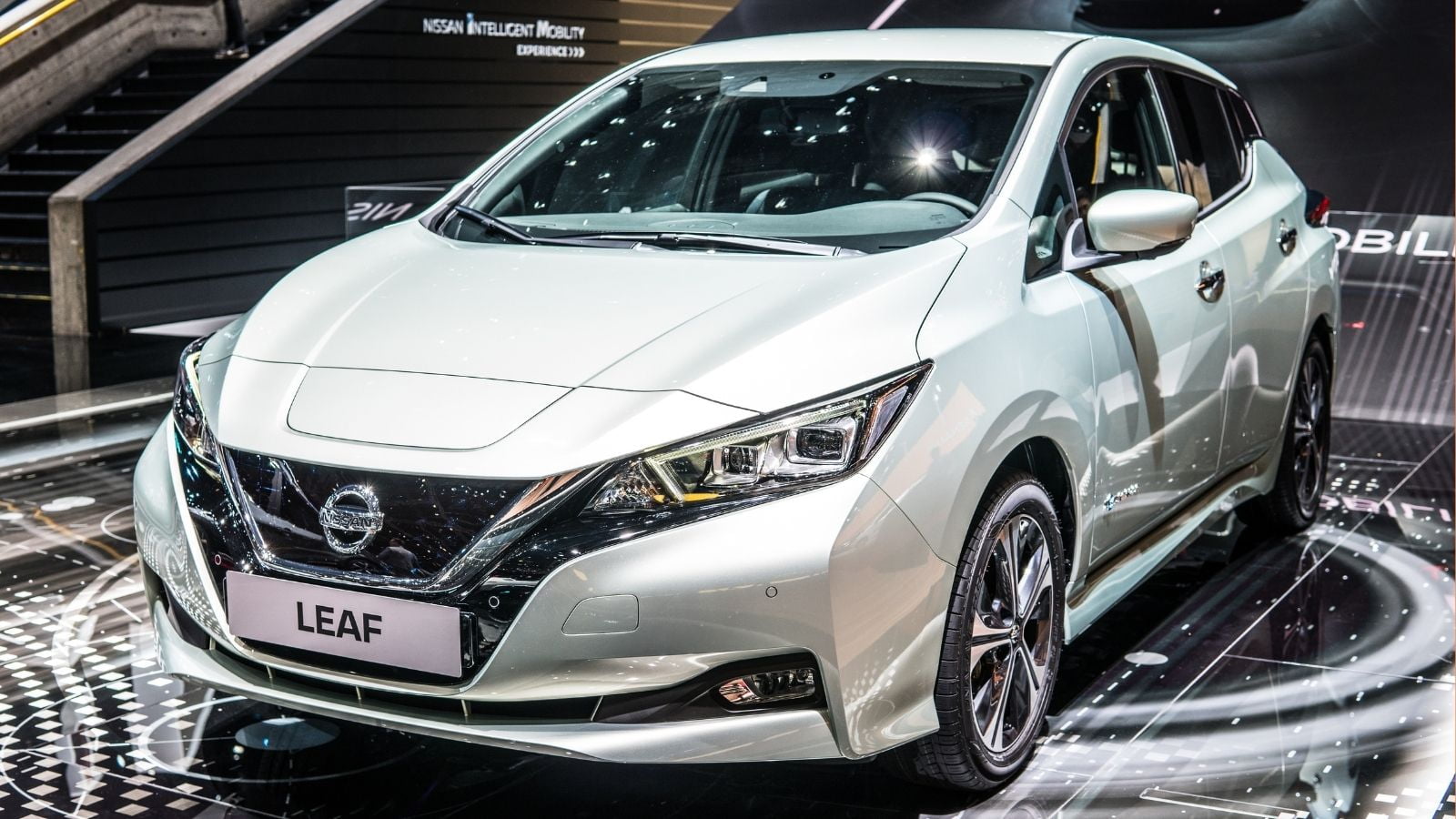
The ProPilot, assisted by Nissan, was introduced in 2017 in the all-electric Nissan Leaf. This system is the advanced driver assistance suite of the vehicle, granting it semi-autonomous tendencies. This is very useful on highways and long drivers, ensuring a hassle-free ride for the drivers. Adaptive cruise control and traffic jam assist also keep everyone safe and sound.
Ford Explorer
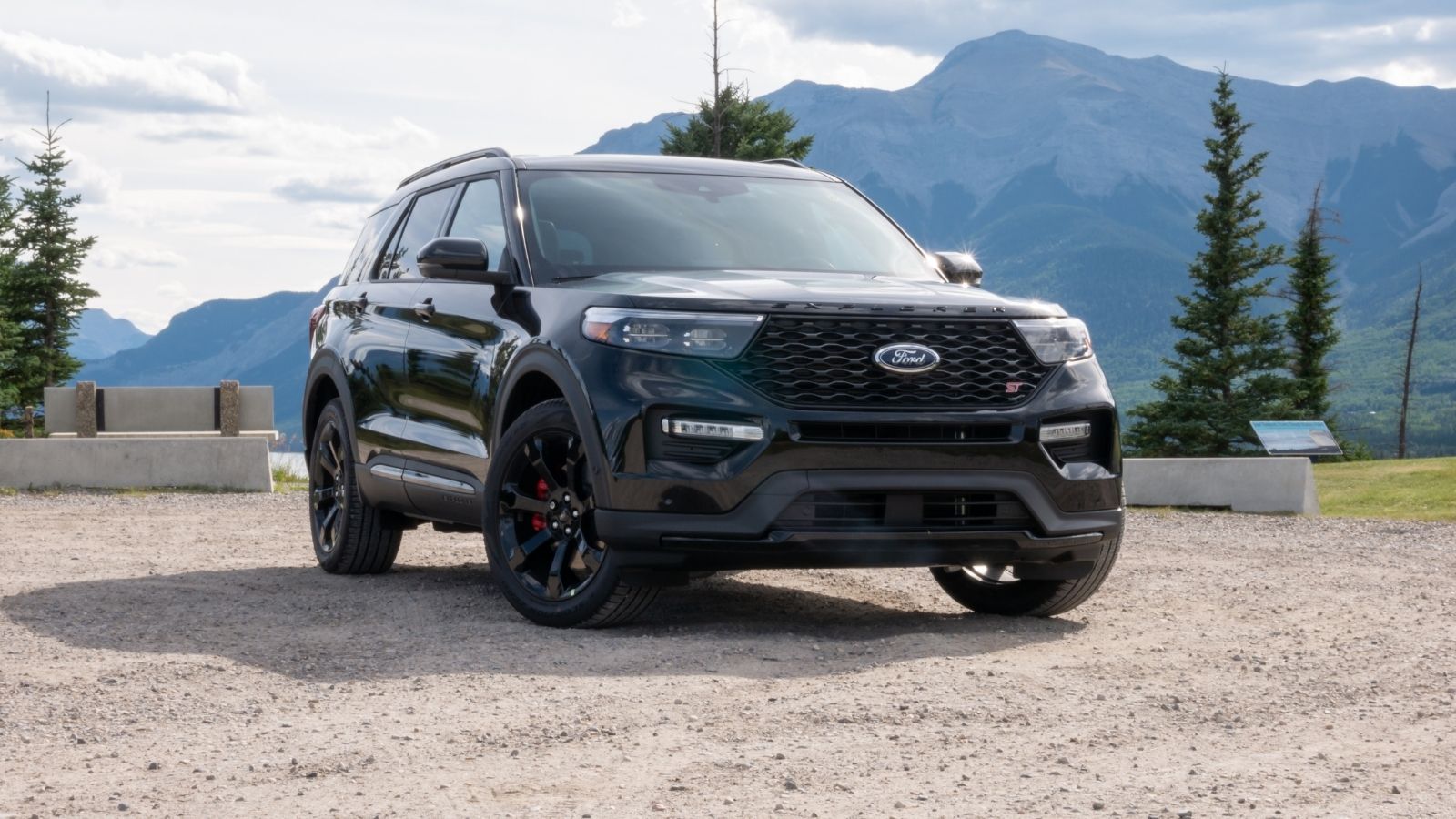
An exceptional off-road vehicle, the 2002 Ford Explorer pushed the boundaries of rugged capabilities with the AdvanceTrac System. This electronic stability control optimizes traction and stability control to reduce rollover risk. It articulates the brakes, vehicle yaw, and steering input to maintain control during challenging situations. Many brands have used this as a blueprint to monitor the vehicle’s roll angle and reduce engine power when needed.
Jeep Cherokee
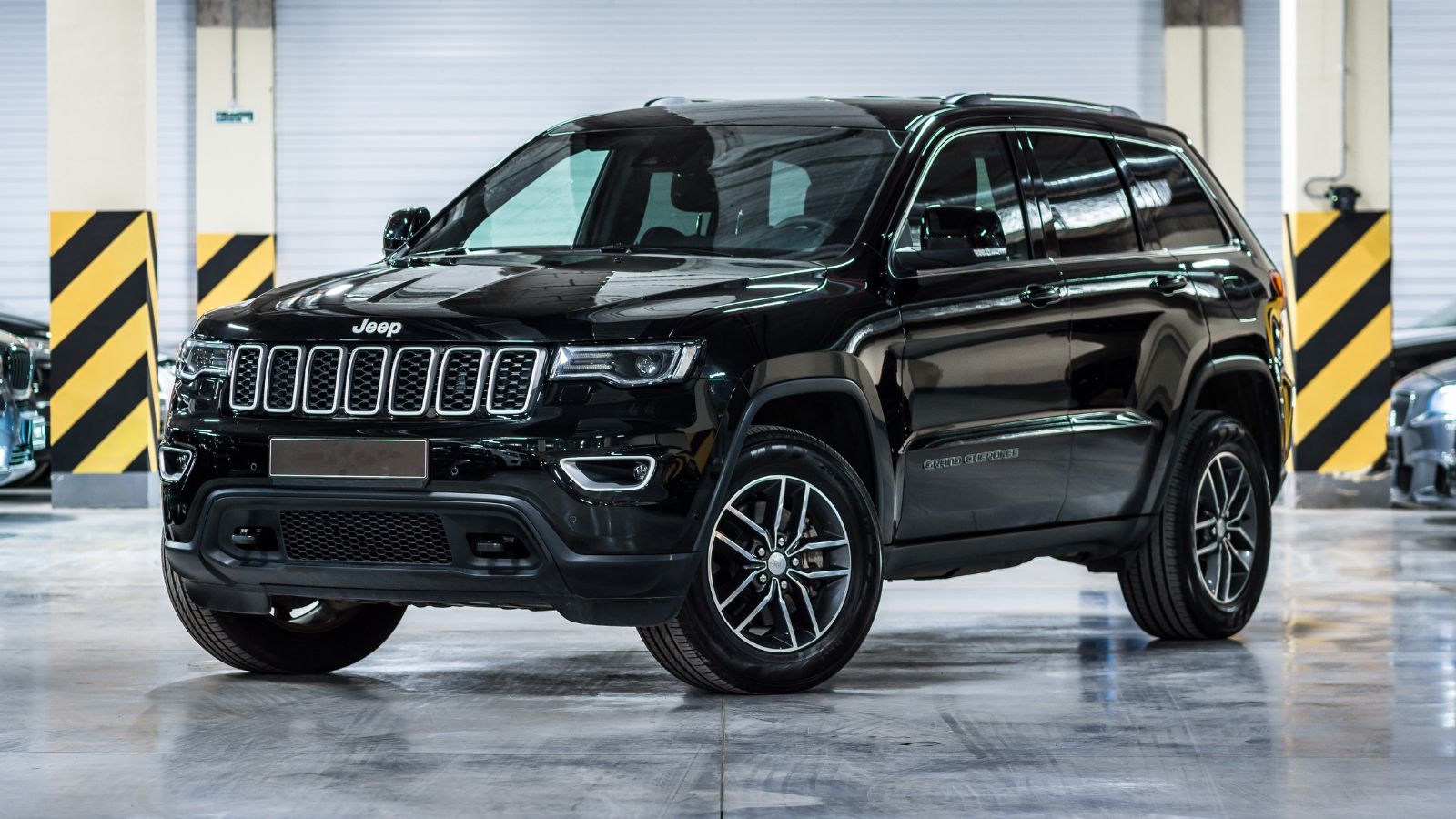
The active drive lock in the 2014 Jeep Cherokee was a revolutionary safety feature that set new standards in the industry. It contributes to the vehicle’s off-road prowess, combining advanced traction control with electronic aids. With exceptional grip and immense stability, it could easily navigate any terrain. It also included hill descent control, which was helpful on rocky inclined surfaces.
Volvo XC90
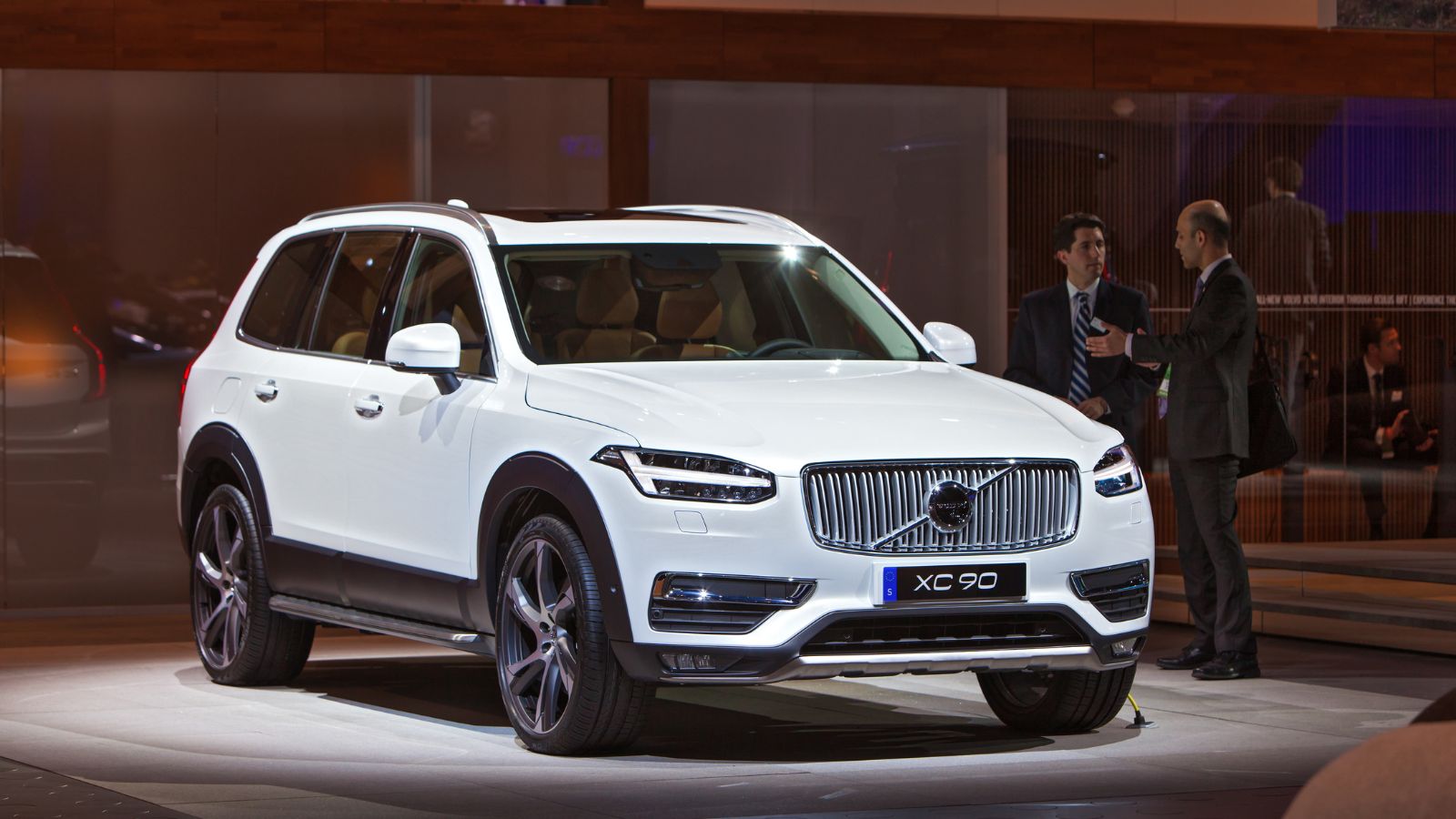
Available as an electric and hybrid vehicle, the Volvo XC90 is a top-rated SUV in the market. Run-off road protection is a revolutionary safety feature introduced in 2016 that gained widespread recognition. This feature protects the passengers when the vehicle accidentally leaves the road. It tightens the seatbelt automatically and uses its sensors to bring the vehicle back under control.
Porsche Cayenne
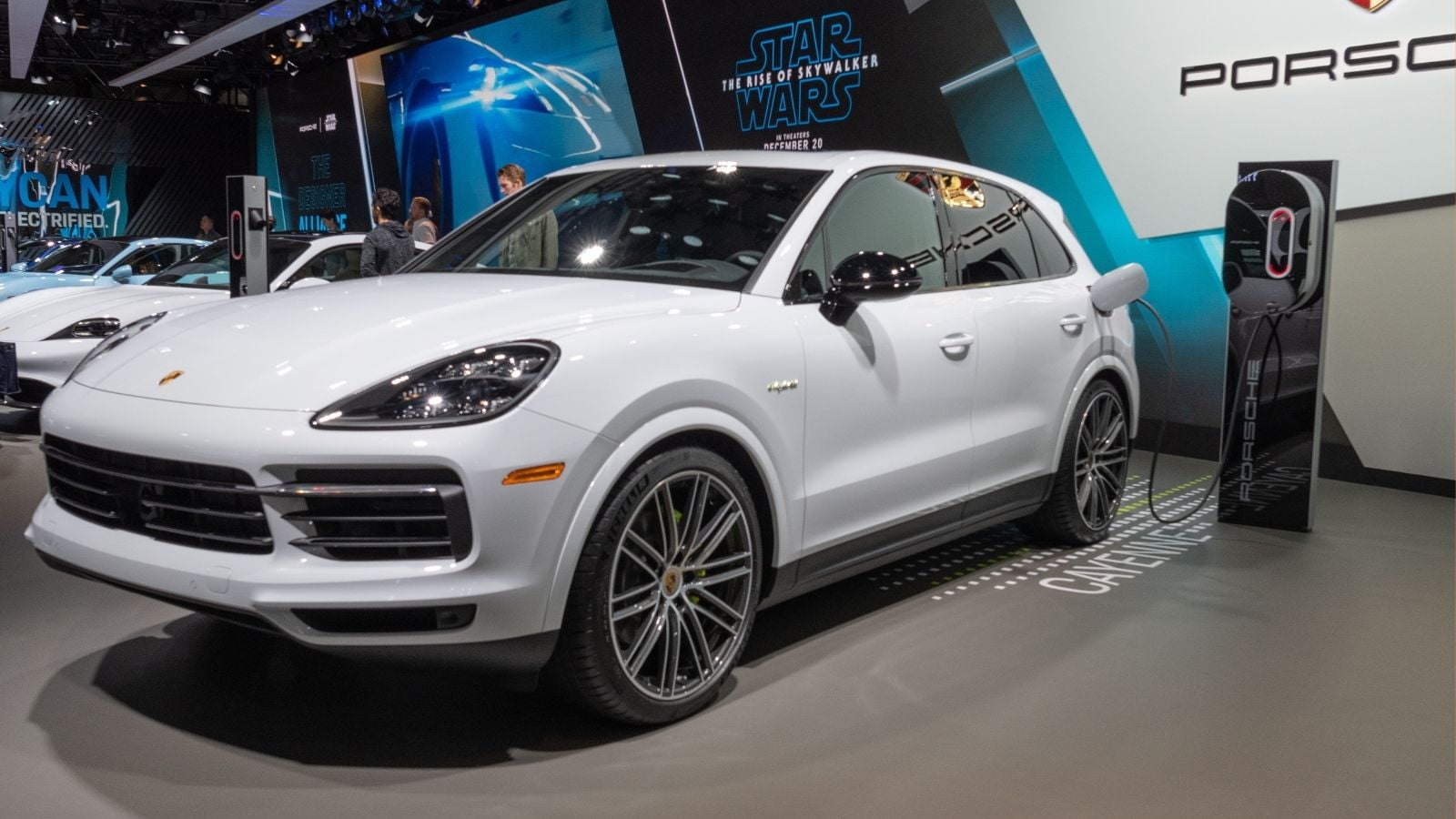
With its adaptive headlights, the Porsche Cayenne contributed immensely to improving visibility during night drives. The technology revolves around HD matrix LED lights with lane brightening, high beams for distance, and bottleneck lights to widen the light area. These headlights were not only precise but also applauded for their immense efficiency.
Hyundai Sonata
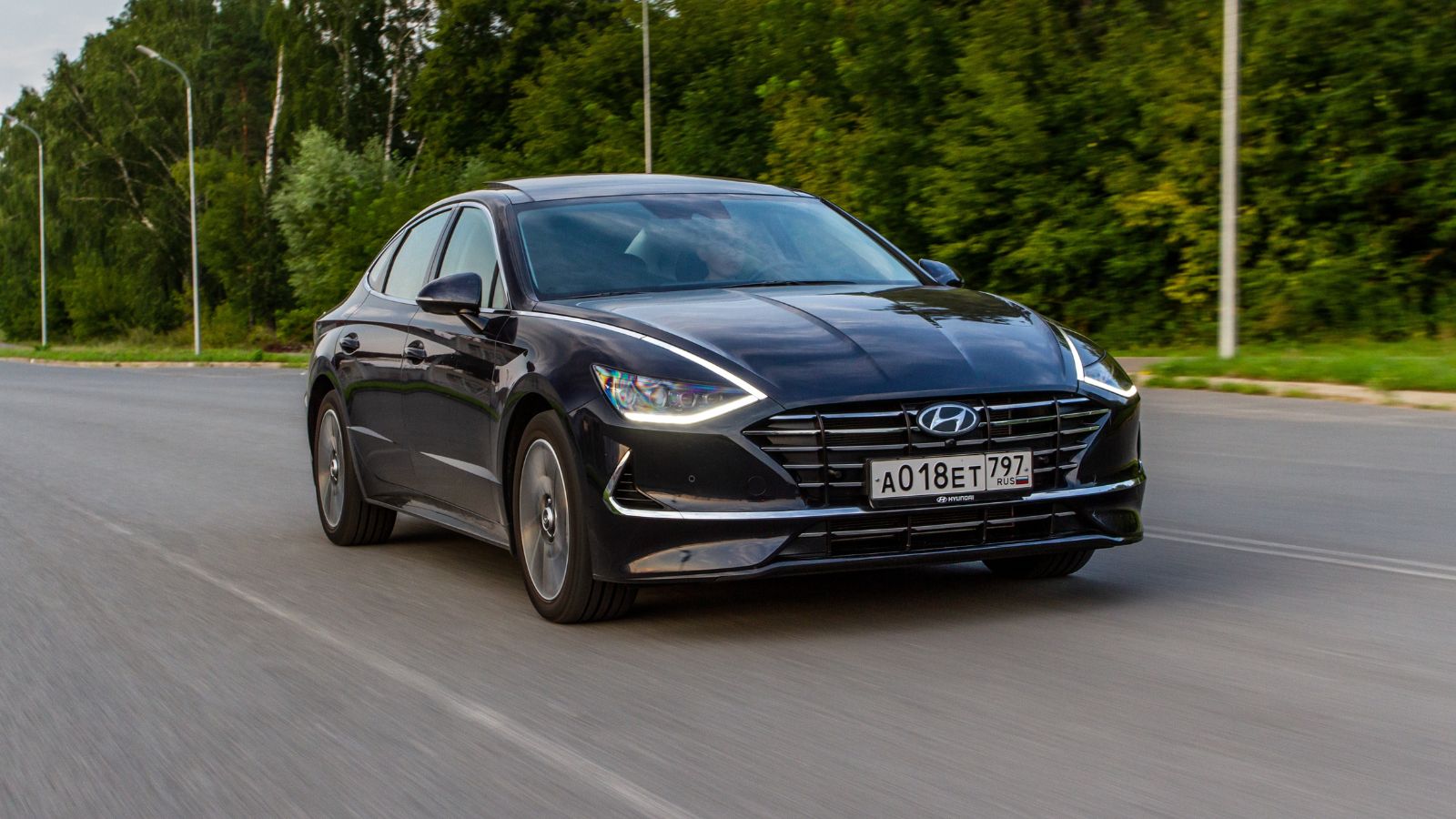
The Hyundai Sonata is a revolutionary vehicle that contributed to the industry with its remote start parking assist. This system allows the driver to remotely control their vehicle without being present inside it. This includes remotely parking or exiting their vehicle and maneuvering it by simply holding a button on the smart key.
BMW i3
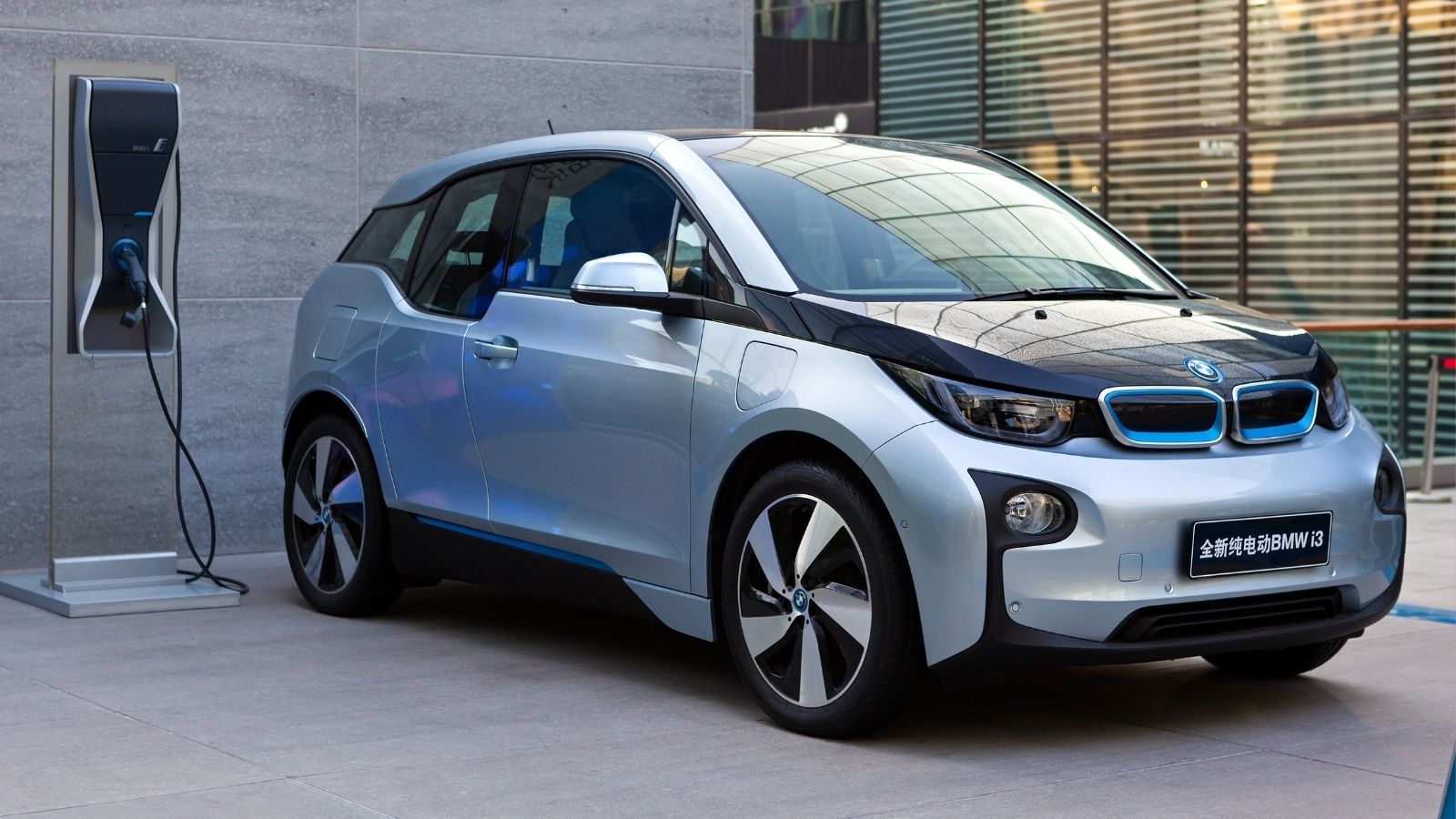
Extensive use of the BMW i3’s carbon-fiber-reinforced plastic became a revolutionary safety feature. It was built in collaboration with the SGL Group, making the vehicle agile and durable. Utilizing resin transfer molding, resin is injected into the carbon fiber to form complex structures. Because of its honeycomb structure, it showcased its durability in absorbing emergency energy in a crash.
Mercedes-Benz E-Class

The 2016 Mercedes-Benz E-Class’s evasive steering assist acted like a blueprint for all brands to avoid collisions. A combination of camera and radar systems detected objects and strategically avoided them. Not only did it make the drive more secure, but it also enhanced the ride’s responsiveness. If, by any chance, the driver failed to steer out of danger, the automatic emergency braking system would kick in.
Kia Telluride
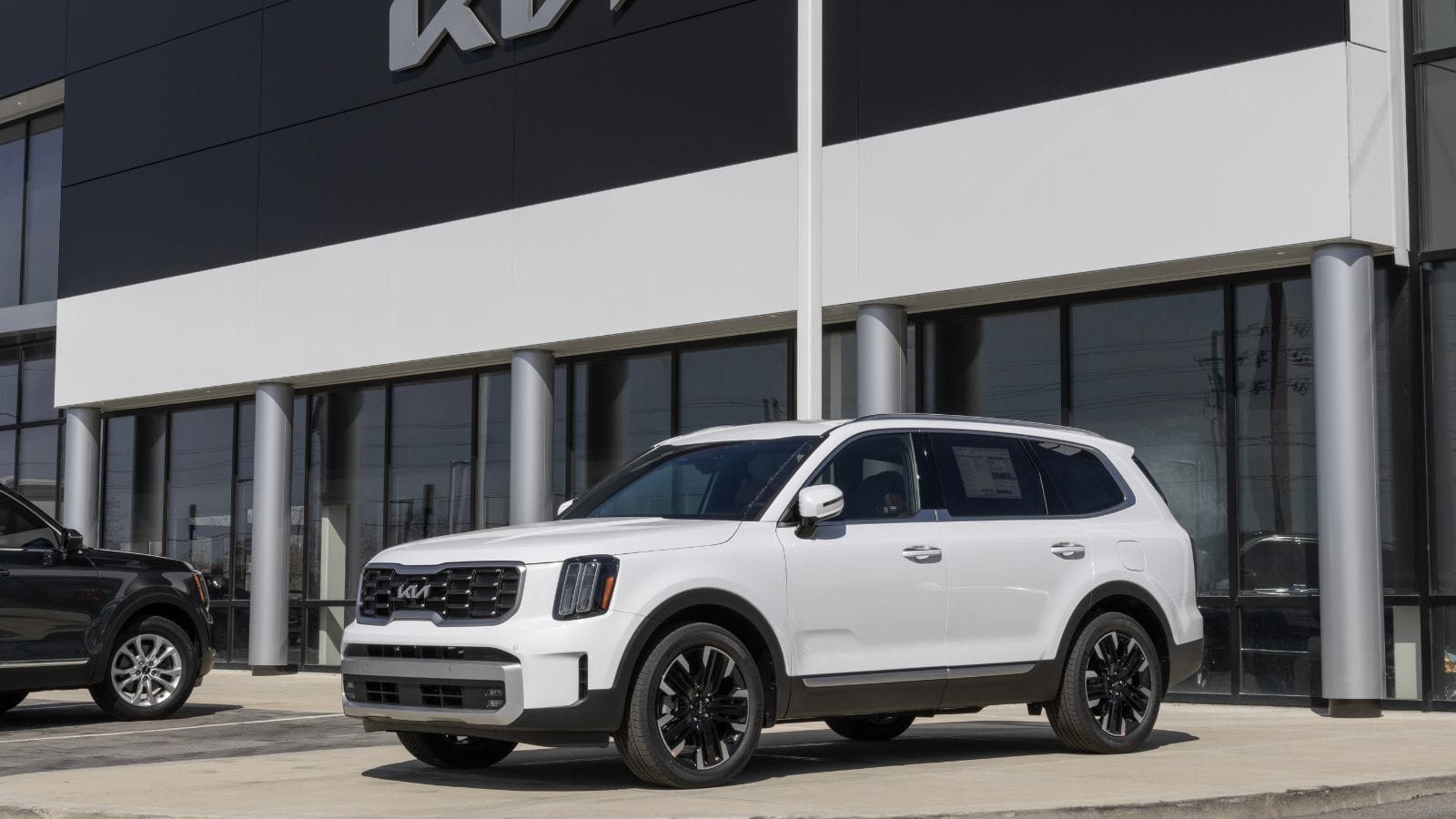
Introduced in 2020, the rear-occupant alert system by Kia Telluride is built to prevent unattended passengers in the vehicle. This primarily extends to pets and children, who may be forgotten or left unattended in the back seats. It uses a door logic system that revolves around the rear door being left open before diving. This sends a message to the driver that someone may have entered the backseat.
Toyota Mirai
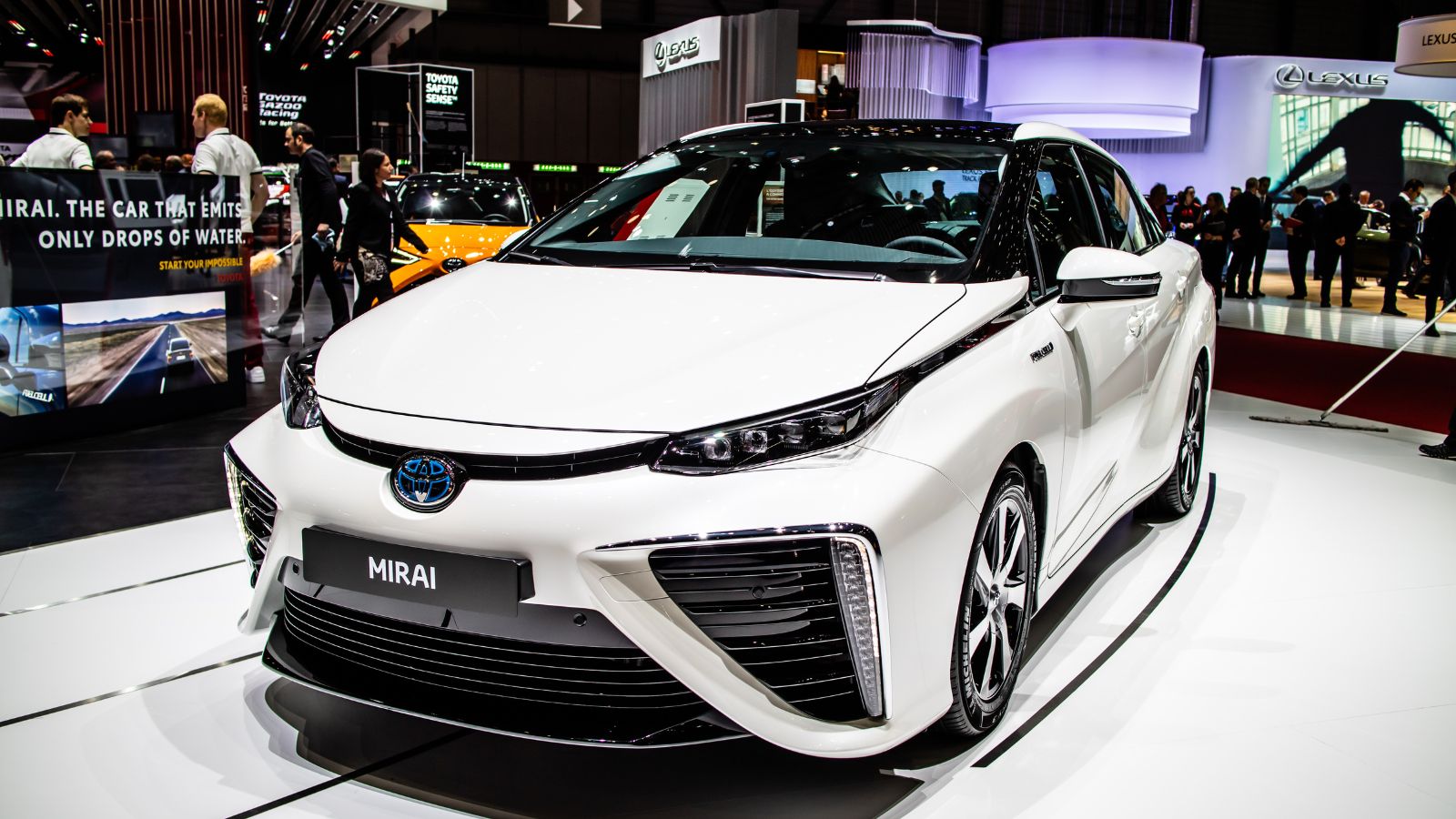
The Toyota Mirai is one of the two hydrogen-powered vehicles available in the industry, setting new standards in that realm. For safety, it uses carbon fiber-reinforced plastic with a polymer lining for the pressure tanks. This structure holds high amounts of hydrogen and absorbs five times the crash energy. In case of leaks, the sensors trigger a warning for immediate response.
Audi A6
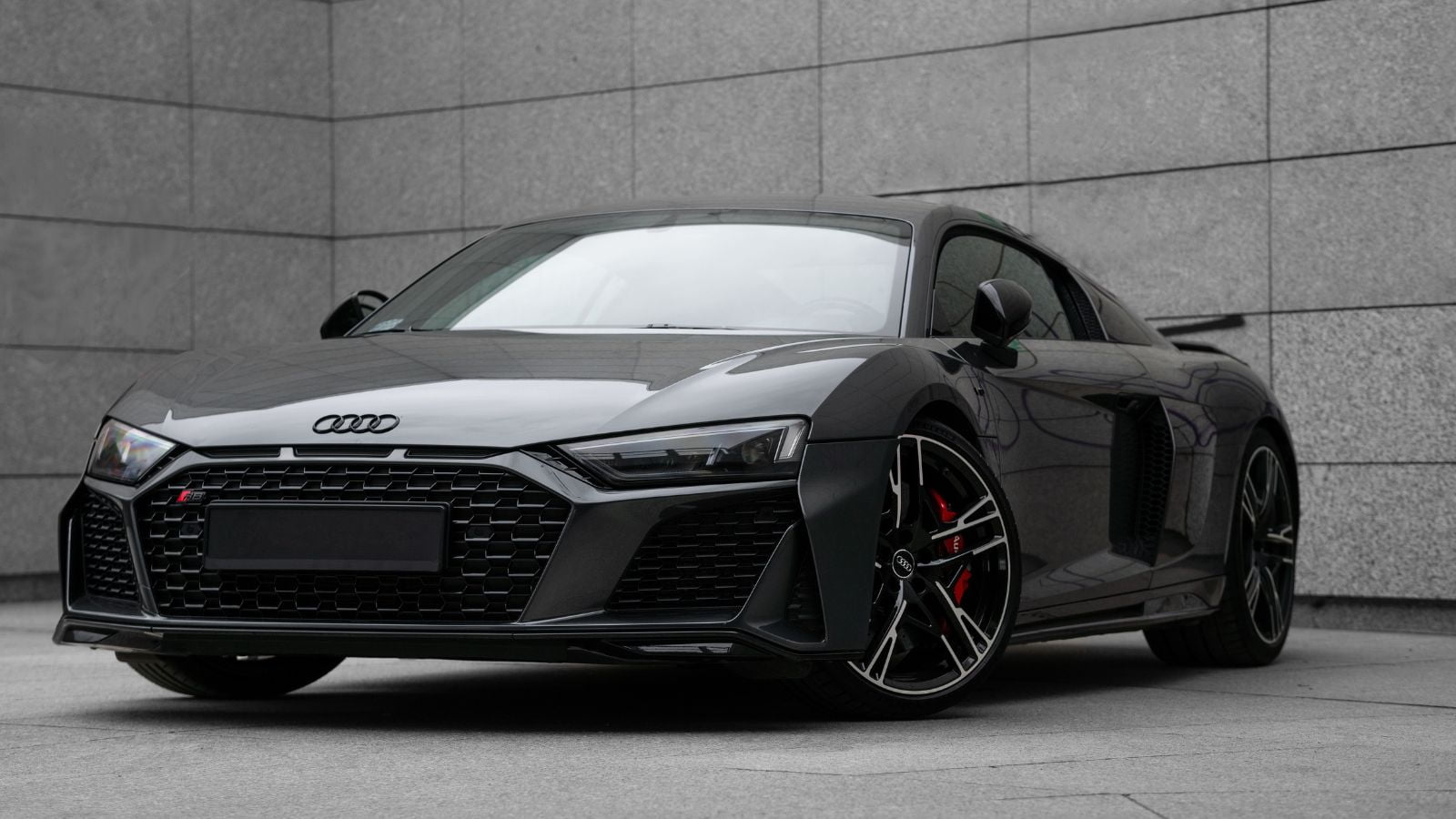
The 2016 Audi A6 has a Car-to-X communication system, navigation, and safety features. This dual-purpose system assists the vehicle in real-time information exchange and interacts with traffic infrastructure. In terms of safety, it warns other cars about any hazards or road accidents that should be avoided. This technology is great for reporting severe events and has significantly enhanced situational awareness.
Rivian R1T
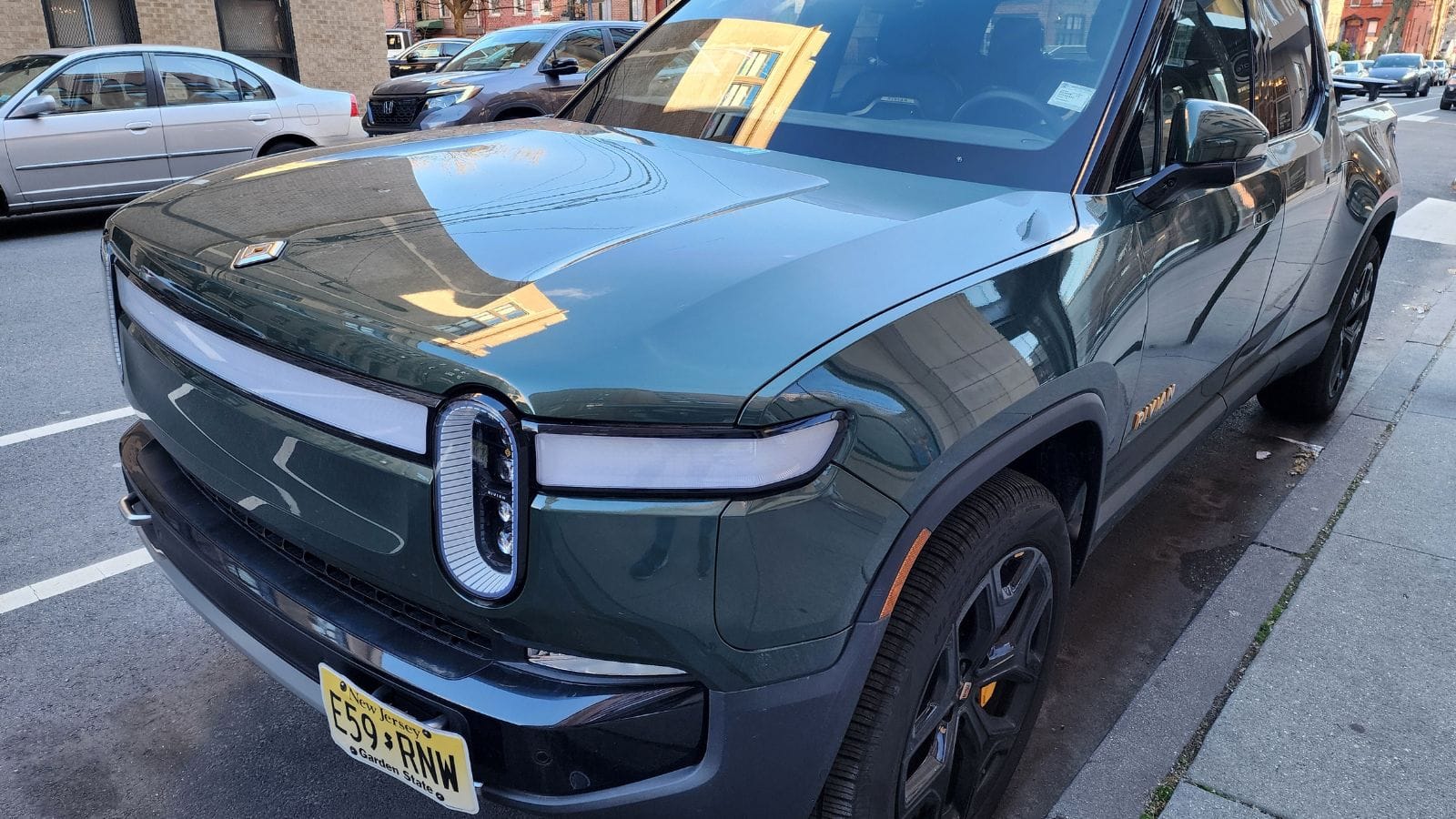
The Rivian R1T is an electric pickup truck that has revolutionized the industry with the Driver+ safety feature. This technology paves the way for hands-free operation under various conditions. It utilizes several sensors, including lane-keeping assist, automatic steering, and adaptive cruise control. The 12 ultrasonic sensors are also used for parking assist and obstacle detection.
18 Budget-Friendly Electric Cars That Last Longer Than Their Loans — Economical Electrics

Electric vehicles are no longer a luxury for the elite—they’re a smart investment for the everyday driver. With manufacturers stepping up to the plate, affordable EVs now deliver on reliability, range, and modern comforts. Here’s a look at 18 economical electric cars engineered to outlast their payment plans.
18 Budget-Friendly Electric Cars That Last Longer Than Their Loans — Economical Electrics
